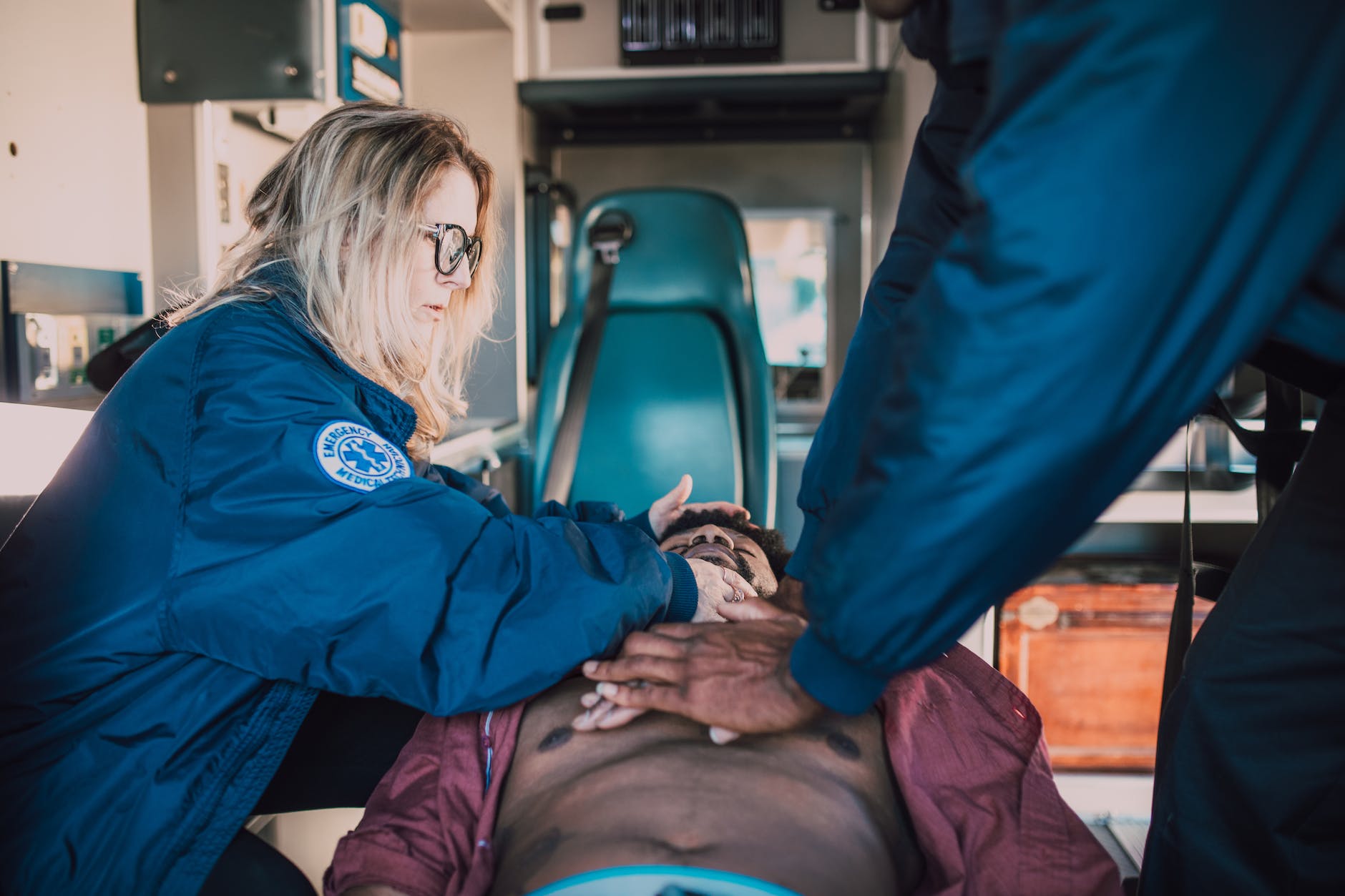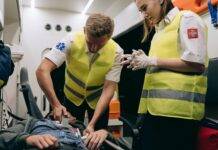
Cardiopulmonary Resuscitation (CPR): A Lifesaving Technique
Cardiopulmonary resuscitation, commonly known as CPR, is a crucial and lifesaving technique that can significantly improve the chances of survival for individuals experiencing cardiac arrest. This emergency procedure involves a combination of chest compressions and rescue breaths, aimed at maintaining blood circulation and oxygen supply to vital organs when the heart and breathing have stopped. In this article, we’ll delve into the importance of CPR, its steps, and its potential to save lives.
Introduction
Imagine being in a situation where someone suddenly collapses and stops breathing. This is where CPR becomes a crucial intervention that can make the difference between life and death. Cardiopulmonary resuscitation combines chest compressions and rescue breaths to sustain blood flow and oxygen circulation in the absence of a beating heart.
Understanding Cardiac Arrest
Cardiac arrest occurs when the heart’s electrical system malfunctions, leading to an irregular heartbeat (arrhythmia). As a result, the heart ceases to pump blood effectively, causing the person to lose consciousness and stop breathing. This is a medical emergency that requires immediate action.
The Vital Role of CPR
CPR plays a vital role in maintaining blood circulation and oxygen delivery to vital organs, particularly the brain. By manually compressing the chest, CPR keeps blood moving, preventing brain damage and increasing the likelihood of successful revival once medical professionals arrive.
Performing CPR: Step-by-Step Guide
4.1 Preparing for Action
Before starting CPR, ensure the safety of both the victim and yourself. Call for emergency help and position the victim on a firm surface.
4.2 Initiating Chest Compressions
Place your hands on the victim’s chest and interlock your fingers. Push hard and fast at a rate of 100-120 compressions per minute, allowing the chest to fully recoil between compressions.
4.3 Administering Rescue Breaths
Tilt the victim’s head back slightly to open the airway. Pinch the nose shut and give two rescue breaths, each lasting about a second.
4.4 Utilizing Automated External Defibrillators (AEDs)
AEDs are devices that can analyze the heart’s rhythm and deliver an electric shock if necessary. Follow the AED’s voice prompts for best results.
CPR for Different Age Groups
5.1 CPR for Infants
Babies require a modified approach. Use two fingers to deliver gentle compressions and cover the infant’s mouth and nose with your mouth for rescue breaths.
5.2 CPR for Children
For children above the age of one, use one or two hands for compressions and provide rescue breaths as needed.
5.3 CPR for Adults
Adult CPR follows the standard technique of chest compressions and rescue breaths, adjusted for the person’s size.
Training and Certification
6.1 Learning CPR Basics
Basic CPR training equips individuals with the skills needed to respond confidently in an emergency. Many organizations offer CPR courses and certifications.
6.2 Advanced CPR Techniques
Medical professionals often undergo advanced CPR training, which includes techniques like advanced airway management and drug administration.
The Importance of Quick Response
Quick initiation of CPR is crucial. Brain damage can begin within minutes of oxygen deprivation, highlighting the significance of immediate action.
Common Misconceptions About CPR
Misconceptions, such as the effectiveness of coughing or self-administered CPR, underscore the need for accurate CPR education.
CPR in the Digital Age
Mobile apps and online platforms now provide CPR guidance, ensuring that more people can access life-saving information.
Legal and Ethical Considerations
Good Samaritan laws protect individuals who provide reasonable assistance during emergencies, emphasizing the importance of aiding those in need.
CPR Awareness and Public Education
Raising awareness about CPR in schools and communities can lead to widespread knowledge and higher survival rates.
The Emotional Aspect of CPR
Performing CPR can be emotionally intense. Mental well-being support for both responders and survivors is essential.
Real-Life CPR Success Stories
Numerous individuals owe their second chance at life to bystanders who performed CPR until professional help arrived.
The Future of CPR: Technological Innovations
From drone-delivered AEDs to AI-assisted CPR, technology is shaping the future of this life-saving technique.
Conclusion
Cardiopulmonary resuscitation is not just a set of steps; it’s a skill that can mean the difference between life and death. By keeping blood and oxygen flowing, CPR buys valuable time until medical help arrives. Anyone can learn CPR, and by doing so, they become potential heroes in critical moments.
Emergency Medical Kit: First Aid
Bleeding Control: A Guide to Managing and Responding to Bleeding Incidents
FAQs
- Who can learn CPR? Anyone can learn CPR, from teenagers to the elderly. Basic CPR training is accessible and valuable for everyone.
- Do I need to perform rescue breaths during CPR? While rescue breaths are important, hands-only CPR (chest compressions) is also effective for adult victims.
- Can I get sued for performing CPR incorrectly? Most jurisdictions have Good Samaritan laws that protect individuals who provide reasonable assistance in emergencies.
- Are there age-specific techniques for CPR? Yes, the technique varies for infants, children, and adults. Proper training covers these differences.
- Can I perform CPR on a bed or soft surface? It’s best to perform CPR on a firm surface. If a bed is the only option, move the victim to the floor if possible.
























